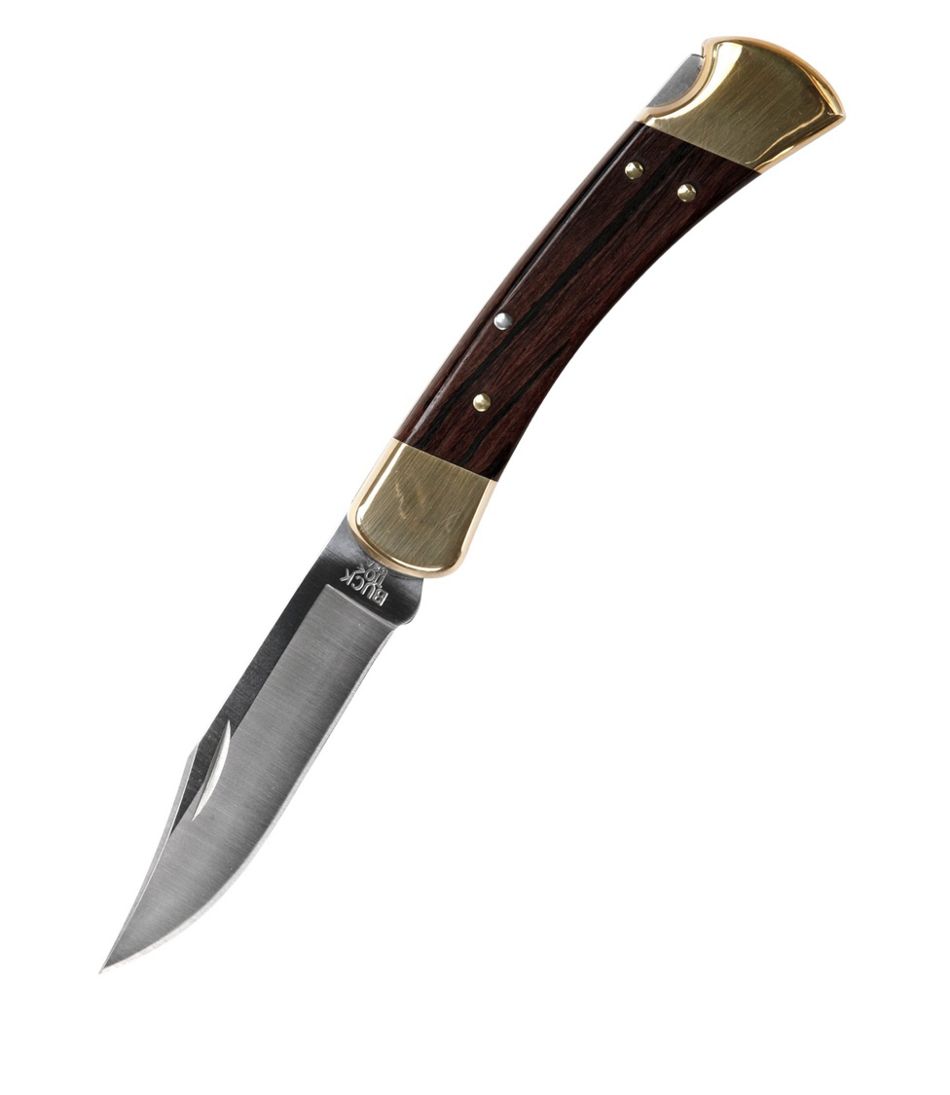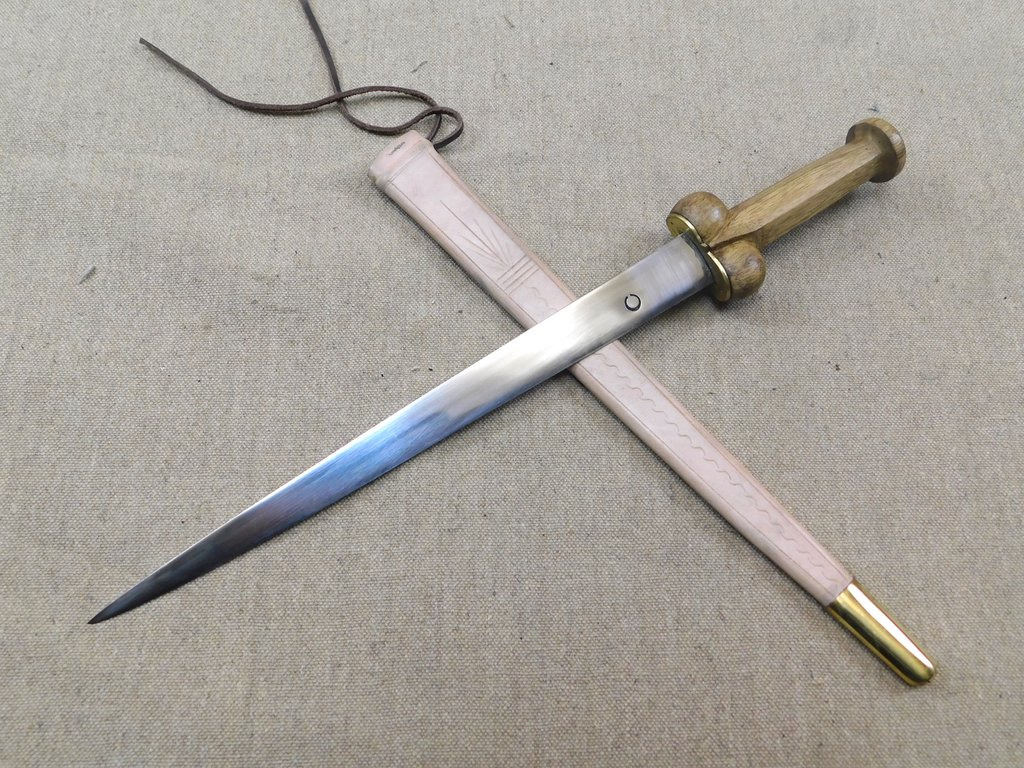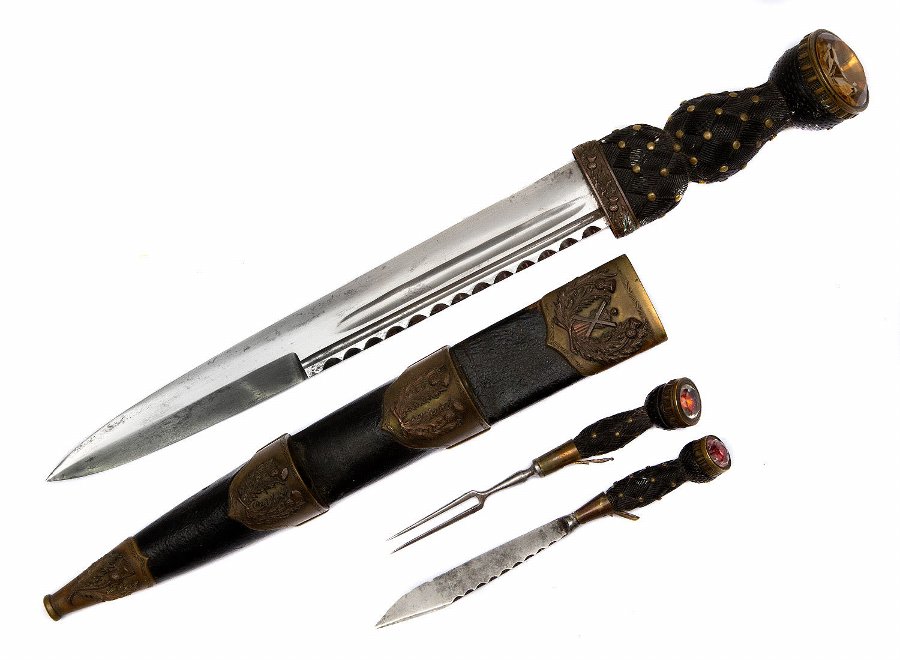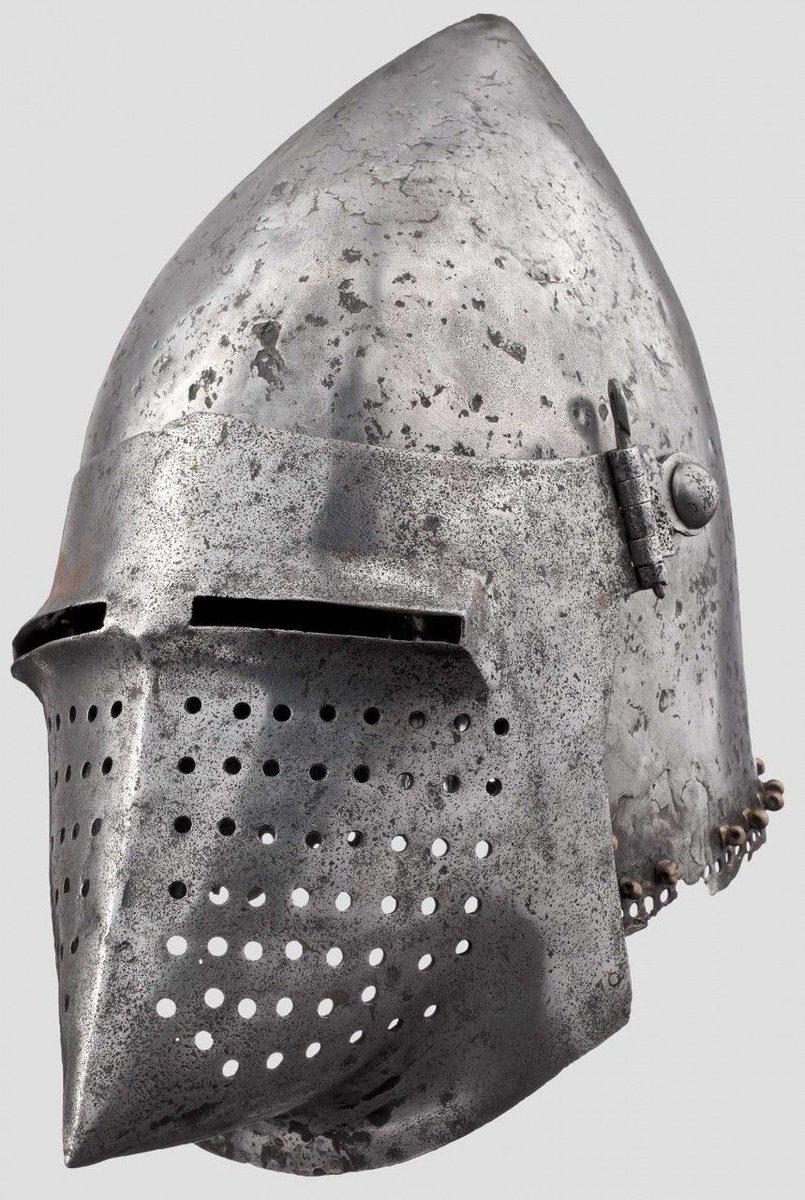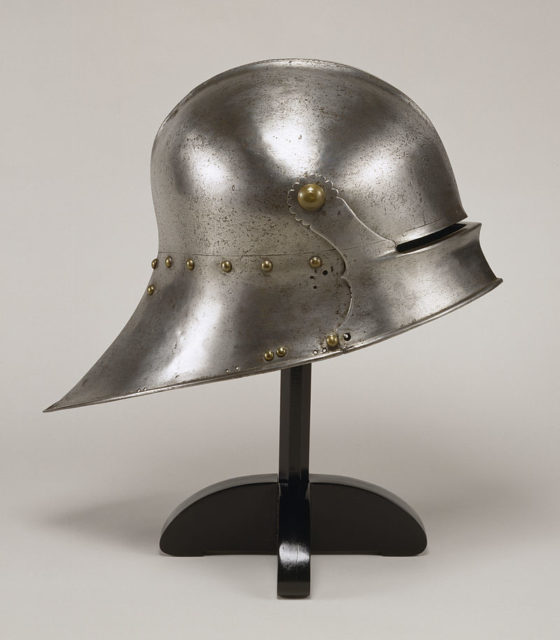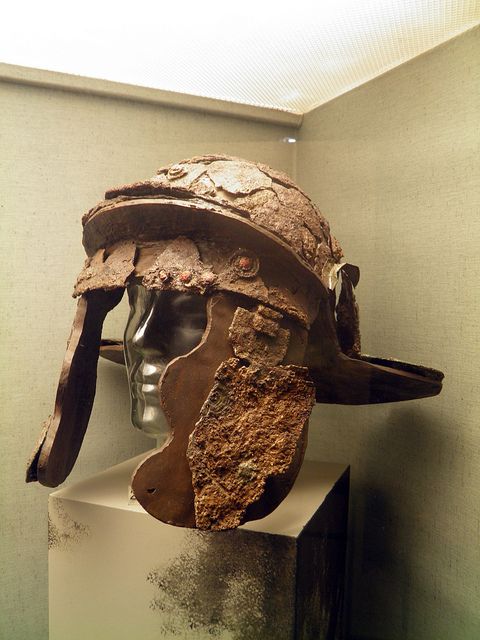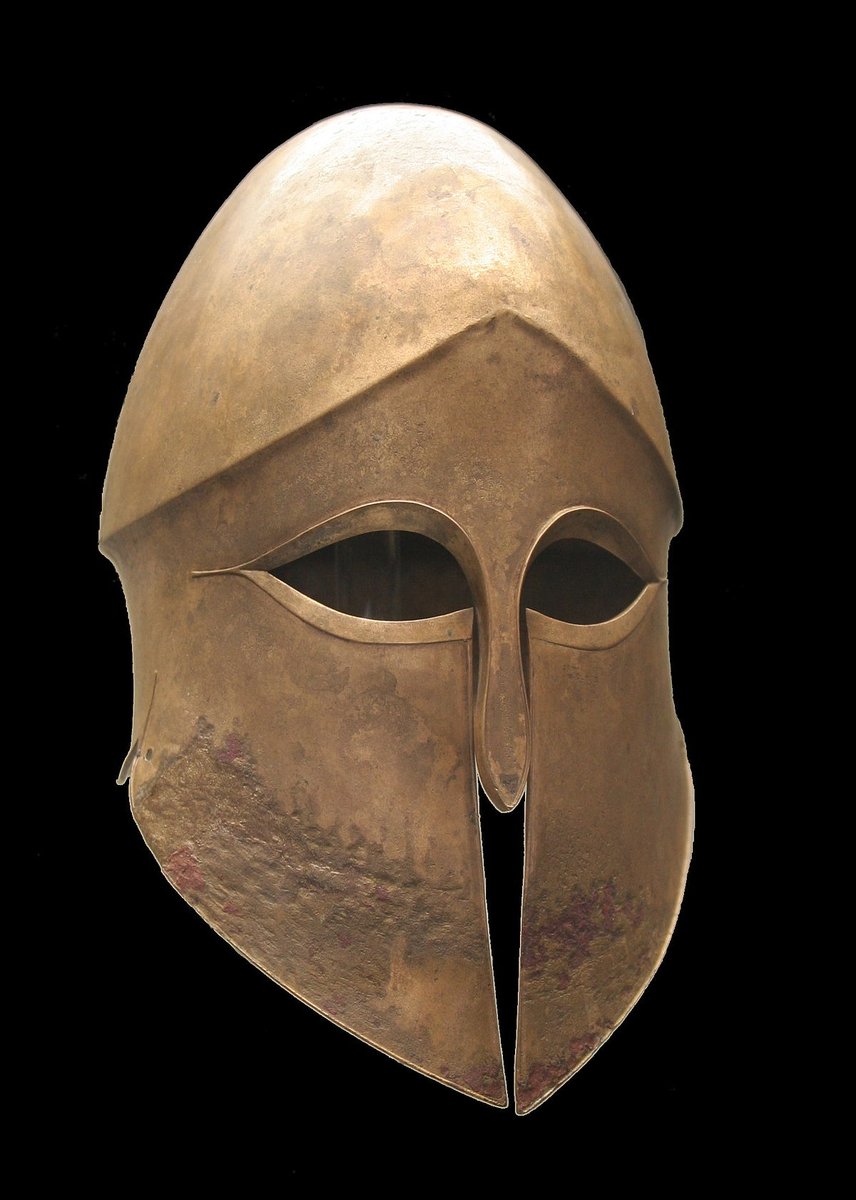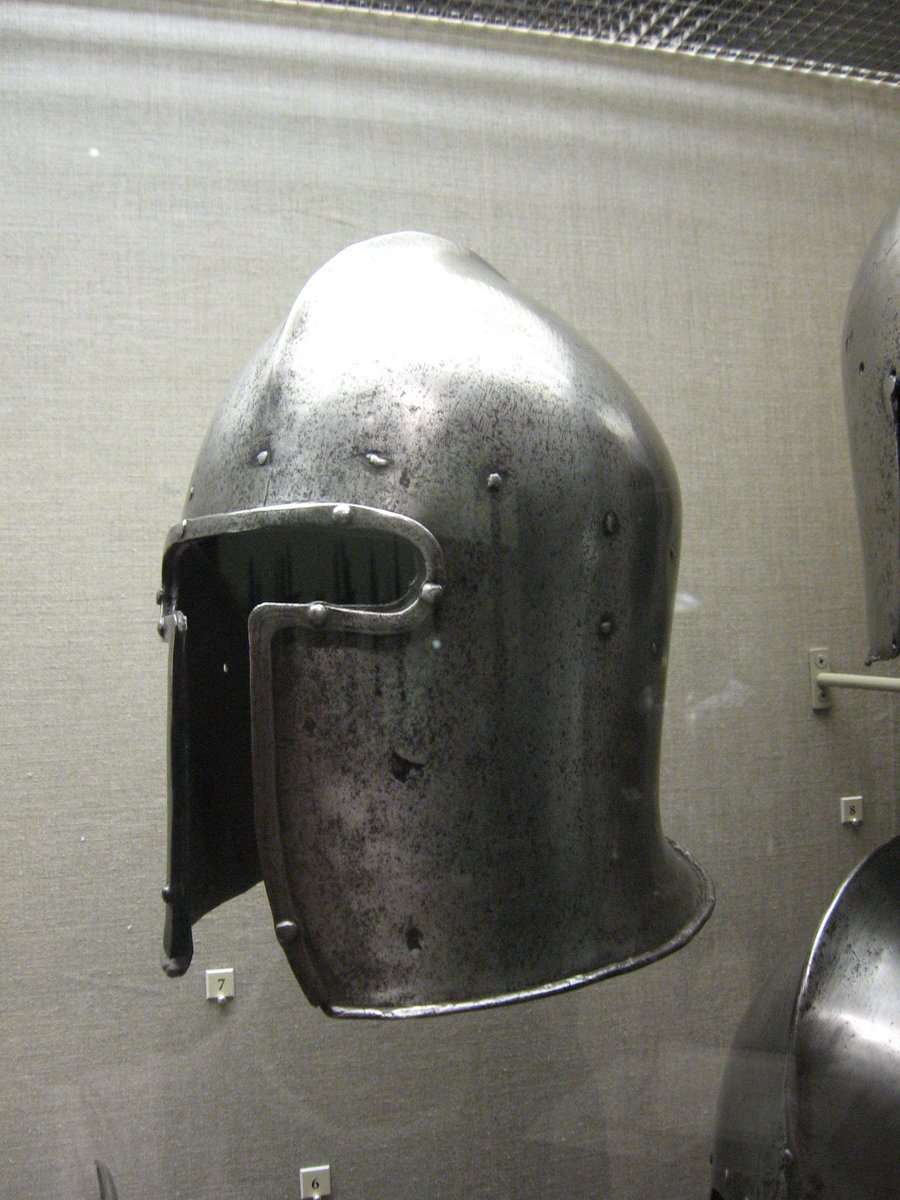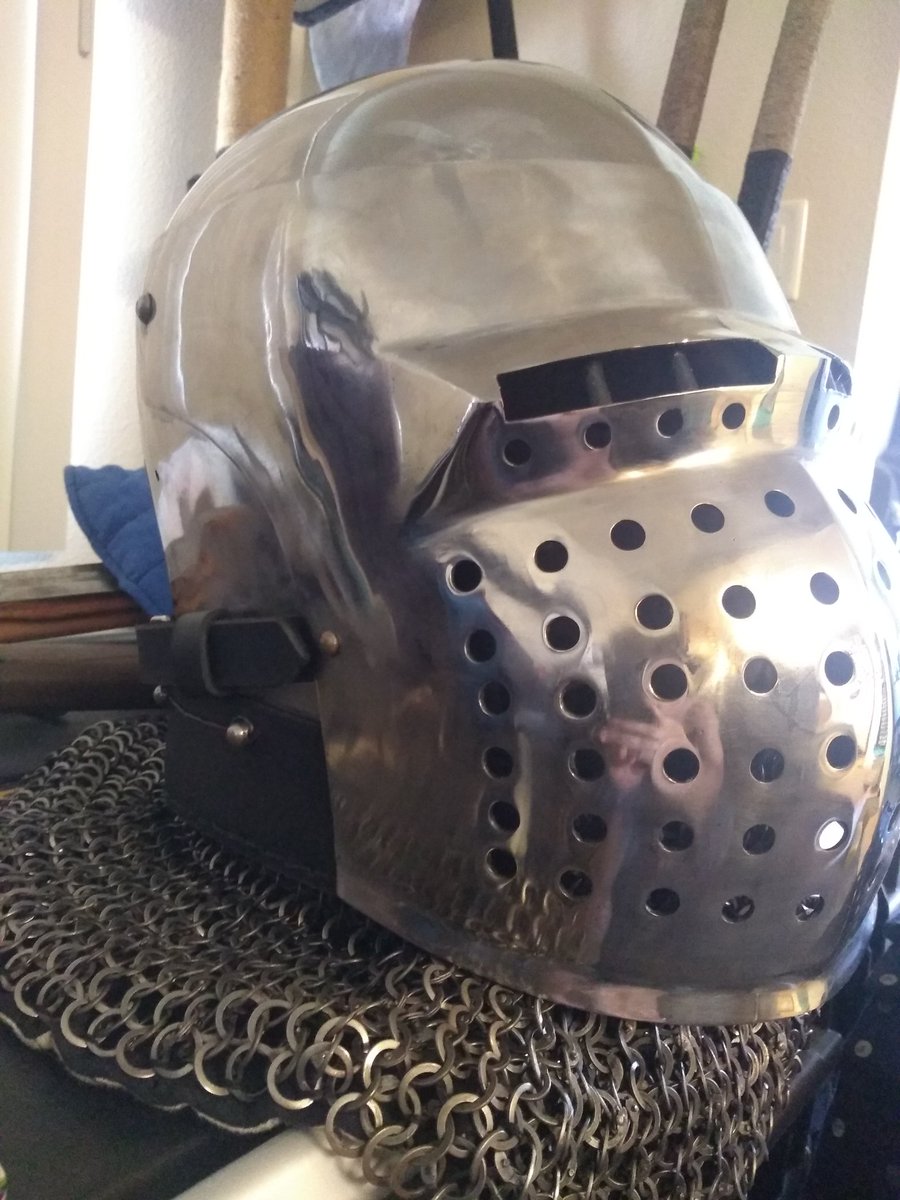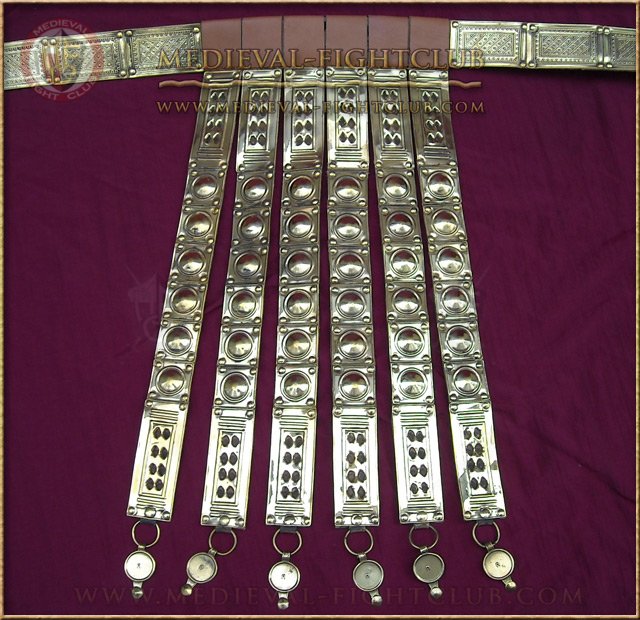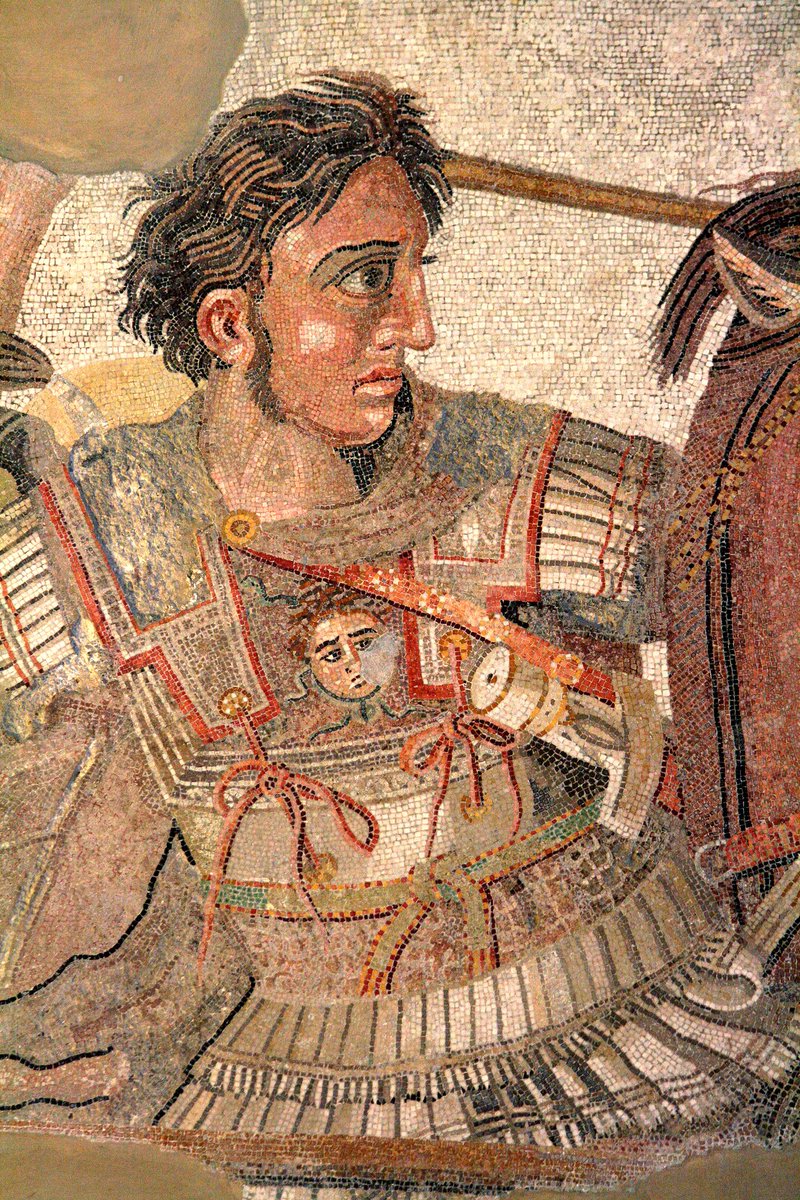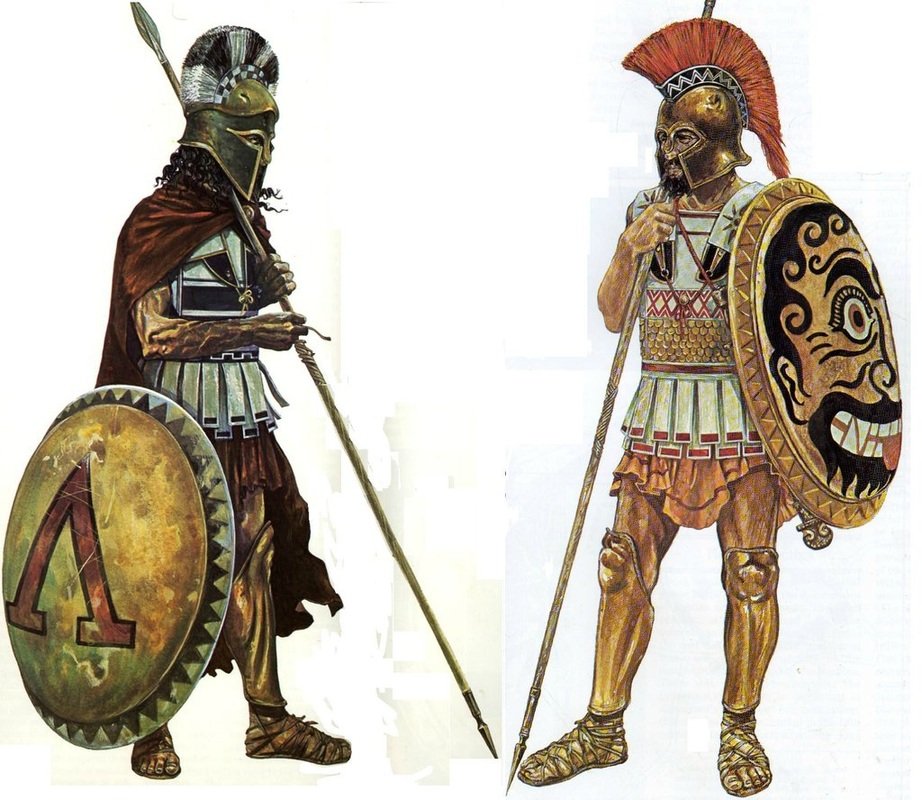I originally meant this Twitter account to be apolitical lol.
Well, it& #39;s a bit hard to stay that way these days, but that doesn& #39;t mean I can& #39;t tweet apolitical things still. I& #39;ve been doing a vast amount of reading in quarantine, largely chivalric in nature, so Fun Facts time!
Well, it& #39;s a bit hard to stay that way these days, but that doesn& #39;t mean I can& #39;t tweet apolitical things still. I& #39;ve been doing a vast amount of reading in quarantine, largely chivalric in nature, so Fun Facts time!
Knightly Fun Fact # 1: Knights and Men-at-arms often wore their hair quite long.
"Well of course they did, Alex, they were fancy nobles!"
Well yes, but also no. They wore their hair long so they could stuff it into a medieval beanie and use it as extra padding for their brain.
"Well of course they did, Alex, they were fancy nobles!"
Well yes, but also no. They wore their hair long so they could stuff it into a medieval beanie and use it as extra padding for their brain.
While these days, Medievalists enjoy the luxury or closed-cell anti-concussion foam, Ye Harnisfechter of Olde had to resort to more rudimentary forms of padding. Common examples include wadded textiles, straw, and even copious amounts of one& #39;s own hair stuffed into an arming cap.
Knightly Fun Fact # 2: There was a Code of Conduct inherent within the ranks of men-at-arms, called "Droit D& #39;Armes," or "the Law of Arms," which governed many things, including how one may be expected to treat a prisoner. This tradition extended certain rights even to non-nobles.
A French Captain captured at Melun & ordered executed by Henry V of England successfully appealed the sentence by claiming that as he and Henry and come to hand-to-hand combat with one another, they were "Brothers-in-arms," and that Henry could not execute his own brother.
The other Knights present agreed that, since they had fought each other "body to body," in honourable combat, the French Captain had proven to be worthy of a certain degree of chivalric respect, and that Henry was bound by custom not to kill, nor abandon the captain to death.
It& #39;s all rather Klingon, to be honest. Even a non-noble man-at-arms, should he display a particular form of professionalism and grace in combat, was to be treated as an equal by noble warriors.
Of course the Droit D& #39;armes also outlines how noble combatants could claim a ransom for the capture of an opponent, which is more Ferengi than Klingon. To be captured at all is a dishonor for Klingons, where it was actually quite common practice in Medieval Europe.
"Arms ennoble a man, whoever he might be... A man at arms with his bascinet [helm] on his head is noble, and of fit condition to do combat with a king."
Knightly Fun Fact # 3! Men-at-arms often carried a variety of daggers or knives. Most common, of course, is the rondel-- a stiff thrusting dagger, designed to pierce maille. However, today I would like to tell you about the Knightly Buck Knife.
Many of us today are familiar with the Buck 110 Folding Hunter. It& #39;s the knife your dad or Grandad carried all the time. Maybe it& #39;s the only pocket knife they ever had. It& #39;s a classic piece of old-school Americana. I& #39;ve carried one every day at every job I& #39;ve ever had.
The need for a sturdy, simple utility knife is hardly a new one. However, Men-at-arms favoured a dagger rather different in form from the Buck #110, with a more natural, more elegant shape: the human Cock & Balls.
Meet the Bollock Knife. Named for the uhh... The bollocks. The ones right above the donger in your hand.
The Bollock knife was popular for longer than most weapons, about 500 years, and eventually turned into the Scottish Dirk, another notable, traditional utility knife.
The Bollock knife was popular for longer than most weapons, about 500 years, and eventually turned into the Scottish Dirk, another notable, traditional utility knife.
Curiously the dirk seems to have evolved away from the phallic form of the Bollock Knife into a more feminine shape? Or maybe Scotts just got weird hogs. I didn& #39;t feel like Googling that.
Knightly Fun Fact #4: I have strong feelings about how Agincourt Memes should actually be Crécy Memes! https://twitter.com/Mandalf442/status/1304856044523237376?s=19">https://twitter.com/Mandalf44...
Ladies & Gentlemen, Folks, Friends & Party People, it is time for Knightly Fun Fact #5!
During the Renaissance, the rebirth of interest in the Ancient World was not limited to philosophy and art. In fact, it extended heavily to armour.
During the Renaissance, the rebirth of interest in the Ancient World was not limited to philosophy and art. In fact, it extended heavily to armour.
People tend to think of the Renaissance as following the Middle Ages, but that& #39;s not entirely true. Historians mark the beginning of the Renaissance in the 14th century, which is inarguably the Middle Ages. The Renaissance is less its own time period than it is a cultural shift.
In the 15th Century, we started to see very strong callbacks to Greek & Roman Arms & Armour. During this time, helms mostly looked like these examples:
*Note that they all have some sort of hinged visor.
*Note that they all have some sort of hinged visor.
Then at some point in the 15th C, Italians discovered art or archeological evidence of Greek & Roman helms from the ancient world.
Roman......................... Corinthian
Roman......................... Corinthian
As far as I can tell, they took these two very simple, mostly open-faced helms that did not have visors, and melded the two designs to bring about the obvious inspiration for Mandolorians, the Barbute!
The Barbute is an excellent helm to fight in, I can assure you. I fought some months ago in my friend Wes& #39; barbute and I found the peripheral visibility and breathing to be entirely unmatched among other helms of the time period. Its lack of a visor cuts the weight down by ~1/3rd
Lower weight means easier to rotate your head, easier to duck shots, and less overall exhaustion from moving. It does however, mean you take shots a bit harder, which is why I opted for something rather stouter.
The Barbute is also quite simple to make, and requires very little engineering. Armour was generally expensive, so an attractive option that could be produced cheaply was in high demand. Barbutes were exported from Italy all over Western Europe during the Middle Ages.
Another throwback to the Greco-Roman Era was Pteruges (ter-oo-gays), a hip defence. I beg your eternal pardon here, I must resort to reproductions and cheap replicas here, as basically no artifacts survive.
Roman.................Greek
Roman.................Greek
These armoured belts would hang down from the breastplate to defend the groin, backside & hips, while still allowing free movement and easy mounting of horses. The Greeks often used impregnated linen or leather, the Romans incorporated metallic elements for greater protection.
I apparently broke the thread here. Not too shocking, considering I only ever write on this thread when I& #39;m high as a kite & stoked about weird medieval minutia.
Anyway here& #39;s the Continuation: https://twitter.com/Mandalf442/status/1307761569342697473?s=19">https://twitter.com/Mandalf44...
Anyway here& #39;s the Continuation: https://twitter.com/Mandalf442/status/1307761569342697473?s=19">https://twitter.com/Mandalf44...

 Read on Twitter
Read on Twitter